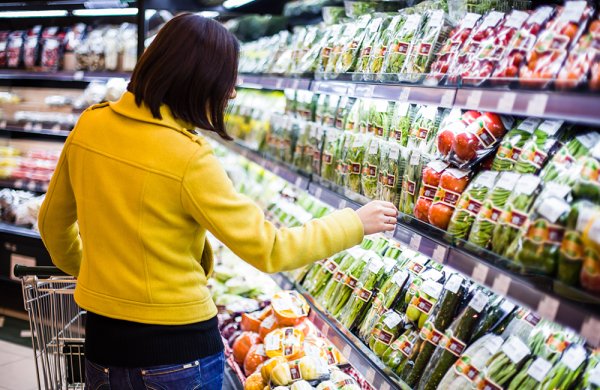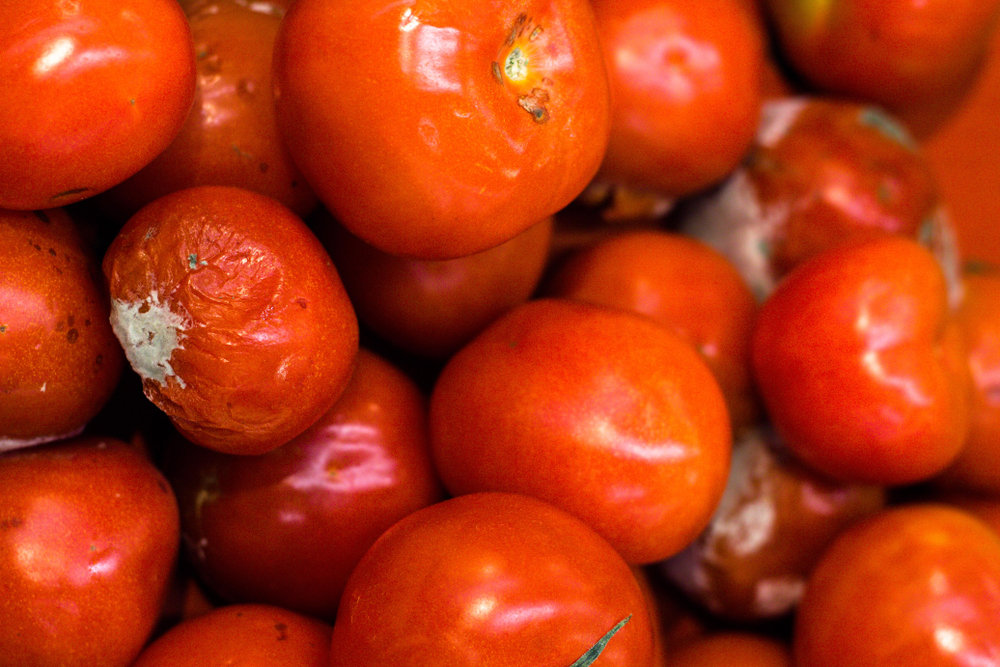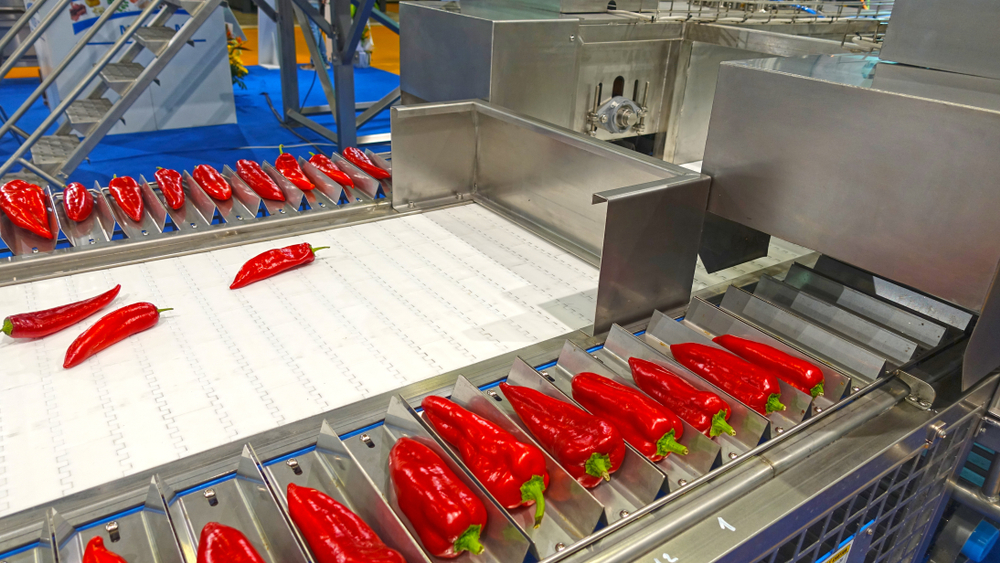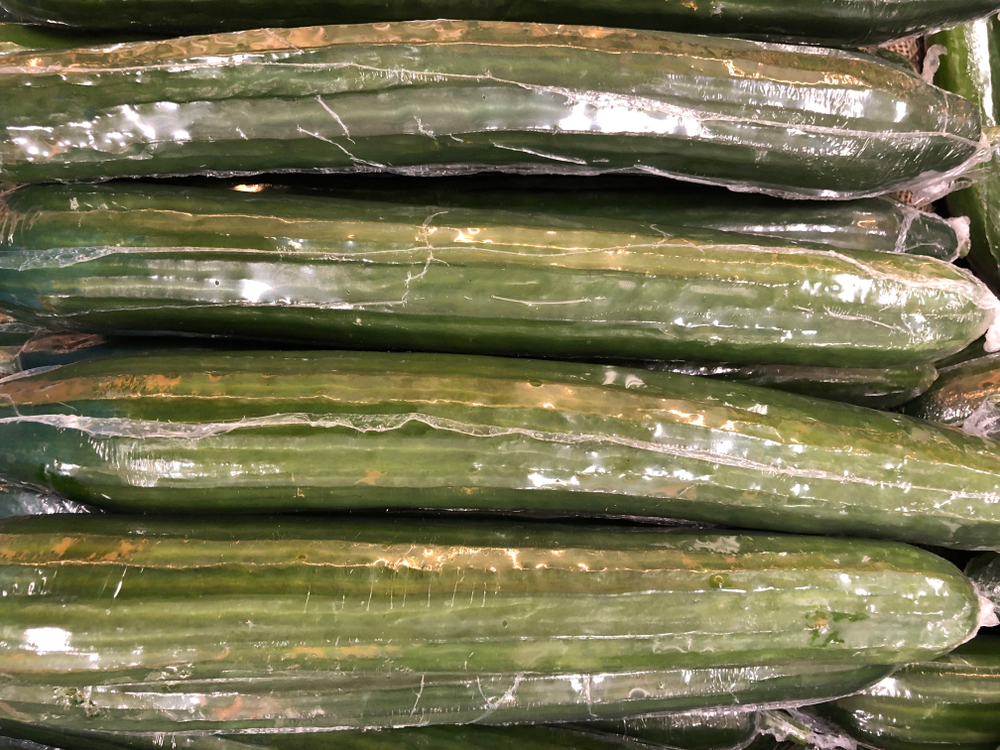
Longread
The packaging of food: how to minimalise environmental impact
Plastic waste littering on the roadside, packaging on river banks, plastic ravaging the oceans and their inhabitants. Campaign groups such as the Plastic Soup Foundation are debating the use of plastic packaging for (fresh) food while public opinion is clearly turning against plastic. Is packaging really necessary? And, if so, what is the most sustainable option? Wageningen Food & Biobased Research is studying the balance between effective material use for packaging and reducing food waste as it searches for the most sustainable overall solution.
Many retailers are making structural efforts to use less packaging material structurally. They are in constant discussions with suppliers to get more plastic-free vegetable and fruit products in the shops, without increasing food waste. So a growing number of companies in the food sector are looking for the most sustainable packaging solution.
No packaging?
Packaging has a protective function, and by its removal there might be an increased risk of products spoiling faster and food waste increasing. Good packaging extends the shelf life of products and prevents decay. FAO research shows that 45% of the annual vegetable and fruit harvest worldwide is lost to food waste, in many cases due to a lack of (proper) packaging and in current practice plastics prove to be a very effective packaging material. This is why the Netherlands currently has no fully plastic-free packaging chains for fresh products.
In addition to a protective function, packaging has other uses such as providing information, marketing and grouping various products together. How ‘something else’ might take over these functions remains an open question.
There is also a great deal of attention on the issue of how sustainable the packaging material is. From this narrow perspective, not using plastic packaging may seem the most sustainable option and is often therefore proposed as the best solution. While removing packaging obviously reduces the use of plastic, many food products decay faster without it – increasing food waste and having an impact in environmental terms. This sustainability issue related to products and packaging must be comprehensively reviewed to find the best overall solution. The challenge lies in quantifying how the options are weighed. Where is the critical point in the field of sustainability? In which cases is it more sustainable on balance to use non-sustainable packaging material? There are many questions still to be answered.

Quality Controlled Logistics
The total sustainability issue therefore involves the question of what happens in the chains. Packaging is part of the set of measures required to bring products to consumers. For example, production chains can now use the Internet of Things (IoT) to account for all quality and sustainability aspects.
Quality Controlled Logistics (QCL) is the name of an approach designed to make the fresh product chain smarter with regards to aligning the quality of products to the quality demands of the various customer groups. Sensor measurements, data exchange to the cloud and entering data in models makes it possible to shape people’s notion of ‘quality’, including sustainability. The broader scope of QCL offers an opportunity to take a different look at the logistic and packaging chains.
This may result in new answers to the question of whether packaging is needed and, if so, which type. Improving conditions in the chain should enable products to become ‘more resistant’ and the quality to remain intact for longer. This in turn would allow less packaging to be used for products. A shorter chain is one of the factors that could ensure products are consumed before they are wasted.

Alternatives
In addition to new logistic processes such as QCL, scientists are working on the development of alternative packaging materials and increasing the sustainability of the plastic chain. In the latter case, Wageningen experts are developing various alternatives for fossil, non-bio-degradable plastic. This involves biobased non-degradable plastic, bio-degradable plastic and plastics from plastic recyclate.
When considering alternative materials for plastic, people often think of paper and cardboard for which a well-functioning recycling system is already in place. Various fresh products could indeed be sufficiently protected by uncoated paper or cardboard without windows.
For all new options, a better environmental profile is the starting point. Smartly composed packaging can further optimise this profile. In some cases, paper with a small amount of coating can provide sufficient barrier properties. Water resistance and the right water vapour and gas barrier characteristics are important properties therein.
Plastic packaging has these properties and any alternatives should not achieve poorer results on these aspects. This is why Wageningen scientists are working on an application with moisture-resistant coatings that are repulpable and/or made from bio-degradable material. A degradable plastic opens the door to more applications of cardboard as an alternative. A focus point is preventing contamination of the cellulose fibres in the cardboard due to adherent food which would make the cardboard unsuitable for reuse.
Most sustainable packaging solution
Wageningen Food & Biobased Research has already carried out lifecycle analyses of paper cups and plastic packaging in the past. Objective comparative research may show in a number of cases which newly developed alternatives are more sustainable than the existing packaging. Due to the many functions packaging has, it is often not possible to predict in advance which solution offers the most sustainable packaging option in practice. Which material offers the best solution depends on answers to questions like: How is it produced? What are the alternatives? What is the total energy consumption of a solution? How much product loss would the solution entail? Is it recycled and, if so, how?
The packaging industry also demands packaging solutions that already work in their sales markets. What these are depends on the waste routes available in the countries in which a product is sold. Is the packaging reusable or recyclable? And if not, is it industrially compostable or bio-degradable on our own compost heap or even in nature, like some plastics? And should plastic unintentionally end up as litter, is it bio-degradable?
Case: cucumbers
An example of plastic use that is being intensely debated involves the film around cucumbers. Many people think that it could easily be left out, and this specific case has actually been studied. The little bit of plastic used gives the cucumber a much longer shelf life, preventing food waste and a loss of invested energy, nutrients and water.

But this does not mean that there are no alternatives. Dehydration of cucumbers can also be prevented with a coating or water vapour. Is replacing plastic by alternative packaging more sustainable or not? What ingredients do possible coatings contain? Are they food-grade or non-food-grade? And is a long shelf life really necessary to prevent waste? Perhaps a distribution system without packaging is an option; for example, by establishing the logistic chain in such a way that products are consumed within days of being harvested.
Dynamic packaging for a longer shelf life
One of the new developments is dynamic packaging aimed at an even longer shelf life and a better product quality for consumers. This packaging material patented by Wageningen Food & Biobased Research responds to the ambient temperature. Whether the product is cooled or kept at room temperature, the permeability of the packaging adjusts to the needs of the product and keeps it fresh much longer.
Clearer standards
Amongst all the complexity, the packaging industry needs clearer standards and labels. EN13432 has applied to industrial compostable materials since the 1990s but requires an update. Standards for bio-degradability in the soil and sea are currently being developed, some of which focus on Single Use Plastics (SUPs). Another important area involves quality standards for the recyclate of packaging plastics, which may eventually be adopted as a European or even global standard.